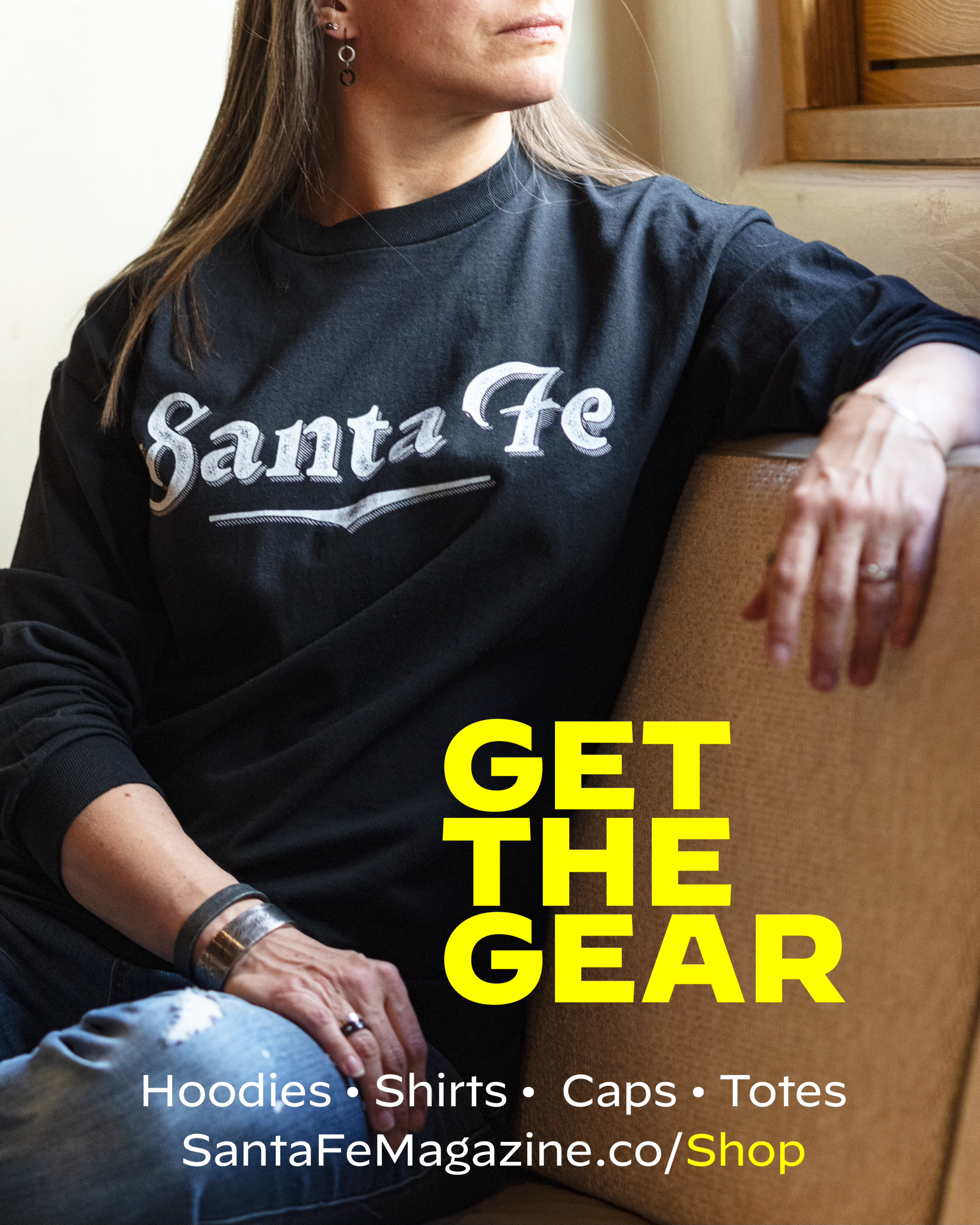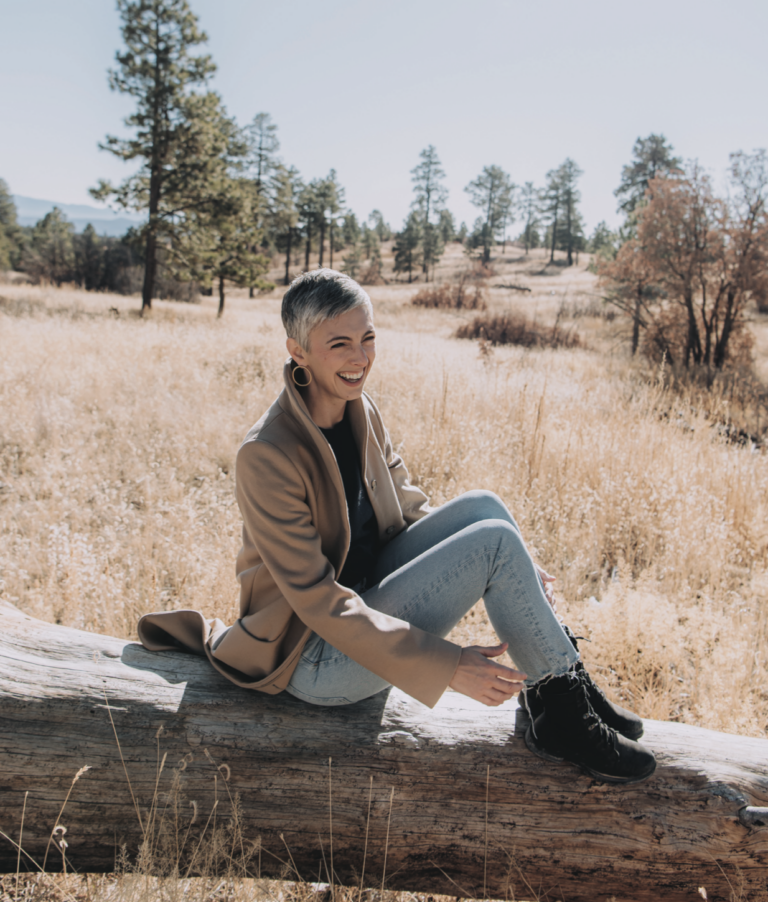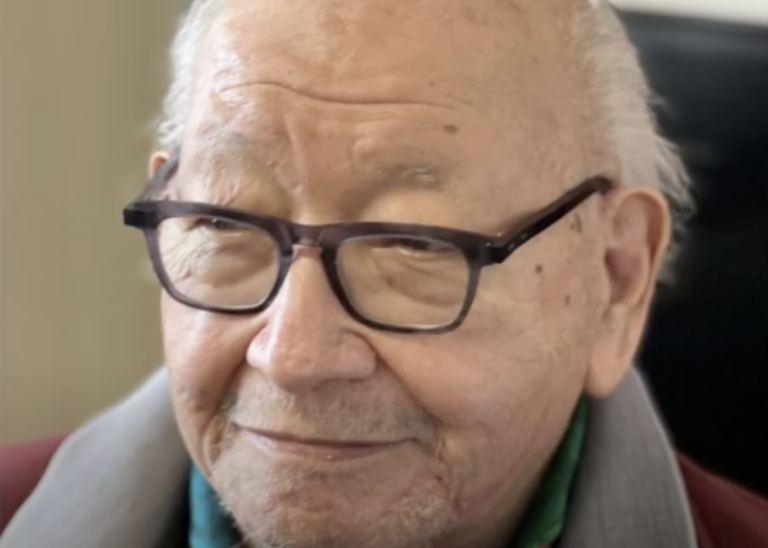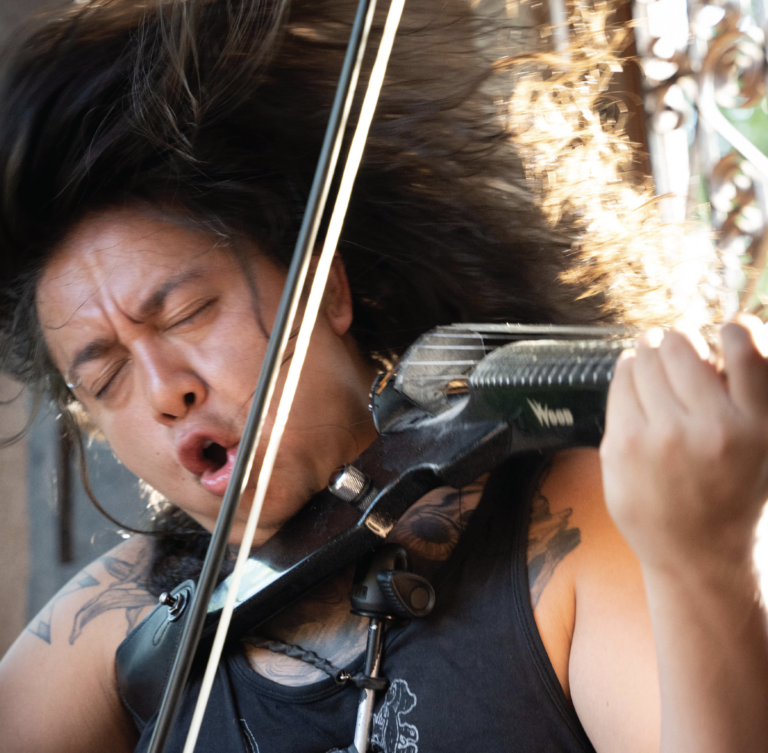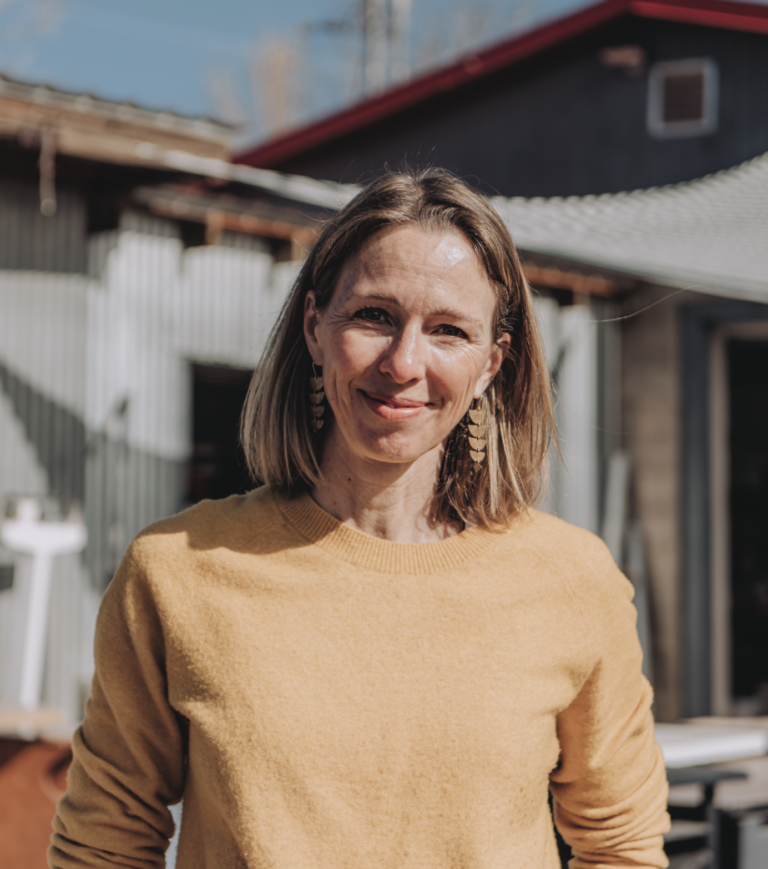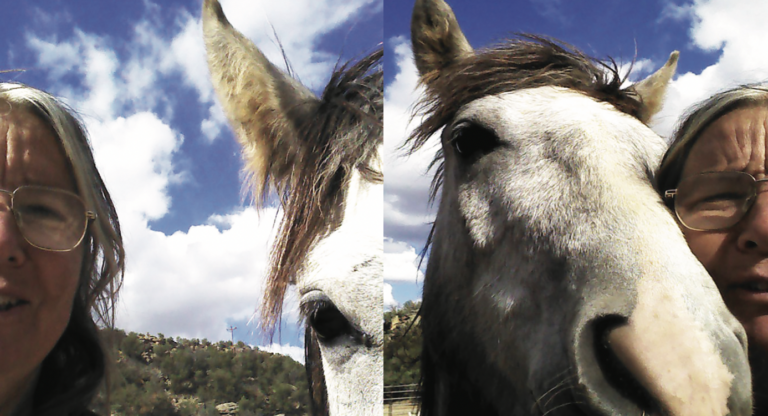THIRTY YEARS AGO, Reid Callanan uprooted his family in Maine, piled everyone into a car, and caravaned 2,300 miles to the high desert of Santa Fe. His idea was to start a photography workshop.
Years earlier, his mom had given him his first camera, a Pentax K1000, to document a college year in London. What happened there changed his life – but not how you might expect. It wasn’t taking beautiful pictures that affected him; it was how the camera altered the way he saw the world.
Degas said that “art is not what you see, but what you make others see.” Photography had changed his life, and he knew it could change other lives too.
So it was off to Santa Fe to build not just a school but also a community. As he puts it, “There’s a community built within each workshop, a place that allows people to learn from not only our instructors but also their peers.”
You’ve said that “the simple decision to buy a camera would change the way I experience the world and the way I live my life.”
Yeah, it slowed me down and made me more aware of everything around me, showed me a way to move through the world that I hadn’t done without a camera.
When I walked around, I was more aware of what things actually looked like. I didn’t even have to raise the camera up to my eye to make a photograph.
It was just that having that tool that allowed me to look around and see things I hadn’t before. I used to just kind of rush through life, not really seeing a lot of things.
Also, the camera gave me access and courage.
The courage came from having a reason to be in a place. I can remember going to Speakers’ Corner in Hyde Park; it’s where people get up on foot boxes and just talk. Sometimes they talk crazy – politics, tirades. I think if I had been without a camera, I would have felt out of place, and maybe I wouldn’t have had the courage to stay there.
Plus, people didn’t seem to be bothered by me taking photographs of them; some of them really enjoyed it, and that’s where the access part of it came in. Having a camera around my neck allowed me to connect with people. If I walk up to somebody on the street and say, You’ve got an interesting face; I’d love to spend the next few minutes talking to you, they’d think I was insane, but if I say, You have an interesting face. Can I take your picture?, a lot of people say, OK, and it often starts a great dialogue.
It allowed you to be more present and have a deeper connection with people.
Absolutely. Interestingly, there are some times now when I need to put the camera away and not make photographs, to experience and be present to what’s in front of me. I need to determine, Is this an appropriate time to be making photographs, or is this an appropriate time to put the camera down and just experience what’s happening in front of me?
Walker Percy writes about the family that pulls up to the Grand Canyon, gets out of the station wagon, takes a bunch of pictures, gets back in, and drives away without really having seen it.
It’s a great tool to train you to see things, but you have to learn when to put it down.
Why did you start a workshop?
Out of college, I was working for Maine Photographic Workshops, a great program. I loved the intensity of being in workshops; the focused educational process; the intensity of eating, sleeping, drinking, breathing photography. That kind of immersion was new to me. It was amazing, so I worked there for fourteen years and then decided it was time to start my own thing.
Why New Mexico?
The landscape. The gestalt. I love the arid climate, how the land was stripped bare of vegetation so you can really see it. I love the smell of piñon, the big sky, the creative energy. I love everything about Santa Fe.
So we spent the next thirty years building a community that’s very diversified, with programs in Cuba and Mexico; and new online programs, which have been crazy popular.
What do you tell your students about iPhone cameras?
I now photograph with them. Look, the best camera is the one you have with you. It’s only a tool. It doesn’t do anything, it just sits there, so it’s not about the camera. It’s about vision. It’s about perception. It’s about feeling, and it’s about curiosity. Of course, an image from a view camera looks different from an image made from a Hasselblad looks different from a 35mm Nikon looks different from an iPhone, so while it’s critically important to learn how to use your gear, they all are ultimately about storytelling.
The human story. That’s the most intriguing and interesting part of it all. That’s the thing.
Learn more at reidcallanan.com
Photo Christopher Michel


